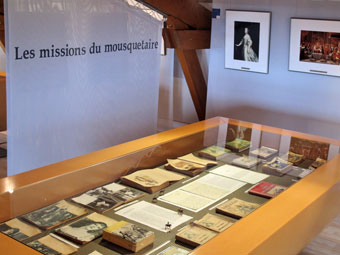
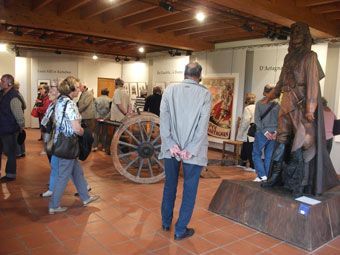
The d'Artagnan Museum invites you to dive into the 17th century in the company of the Musketeers and d'Artagnan. Beware!
Come to discover the real life of d'Artagnan, he who left his village of Lupiac, around 1630 to become Captain of Musketeers, close friend of Louis XIV and later... A legend!
Numerous documents and reproductions of works evoke the real history of d'Artagnan as well as his historic context.
a game-leaflet for the children. Pencil in hand and eyes wide open, leave for the adventure of the Musketeers!
Written guide (French / English / German / Dutch / Spanish / Russian)
Souvenir shop, free parking, toilets, garden.
Individuals: adult 6€, 12 - 18 yrs 5€, under 12 yrs 3€
Groups: schools 3€ per child, 5€ per adult, (paid for together by one person)
St-Jacques chapel, 200 m West of the village square
Always: French, English.
Often, depending on staff present: German, Spanish.
Open from Friday 28 March to early November (exact date to be confirmed):
Group tours available year-round by prior arrangement. Contact the museum well in advance.
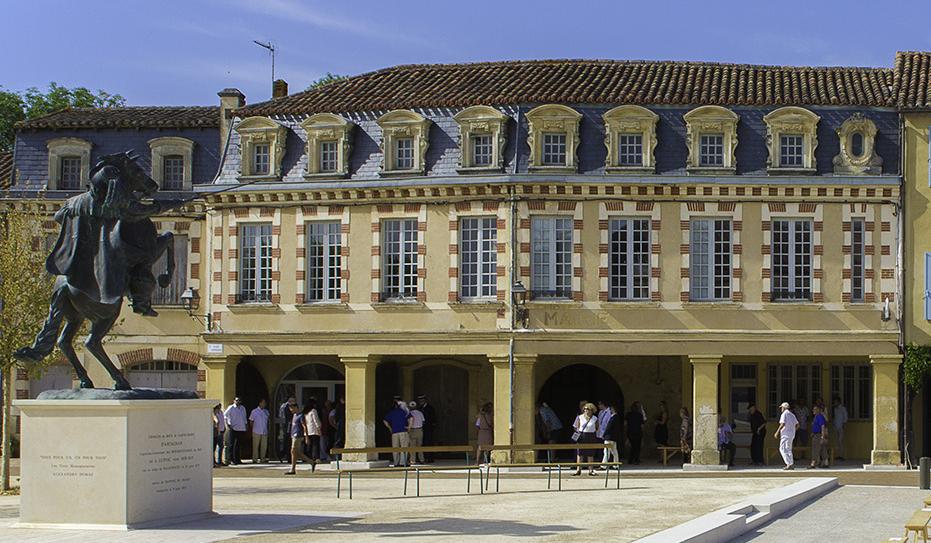
While we don’t know when this château was built, its owners are mentioned in documents from the mid-14th century onwards. One of them, Jean-François Joseph, Baron of la Mothe d'Izault and of Marambat, was born on 5 May 1741 and rose to command of the King’s Lifeguards under Louis XVI, and was a Lieutenant-General and Commander of the Order of St Louis by the time of his death in 1813.
Numerous farms, water and wind mills were attached to this large château, all of which brought the owners a comfortable living. In 1858 Louis Marie Ernest de Lamothe d'Izault had the castle restored in the style of Napoleon III, as seen in the façade facing the village square to the building’s south.
Some time later the heiress to the property died amongst the Carmelites of Turin. According to custom, ownership of the château, farms and mills was transferred to the Carmelites as a consequence.
When the municipality of Lupiac purchased the property, it was in very poor condition. After major repairs the council set up its offices there in 1945. Today the building houses municipal offices, the village hall, council meeting room and other spaces made available to local clubs and associations.
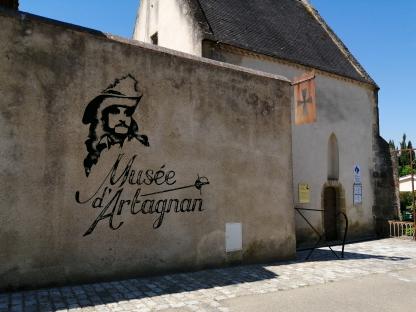
The chapel was built at the end of the 15th century, dedicated to Our Lady of Mercy and given to the White Penitents for their use, services and funerals. Bertrand de Batz de Castelmore, d’Artagnan’s uncle, built a hospice to care for the inhabitants of Lupiac and the pilgrims to Compostella hence the name St James’ Chapel.
The chapel underwent a major restoration in 1882.
This building of approximately 8 metres by 4 metres is built of large blocks of stone capped by a pitched roof. Architecturally it is a mixture of styles. The Gothic is reflected in the pointed arch over the lintel of the western door and the Transition from Gothic to Renaissance in the vault with three torus separated by two quirks and two filets.
Today the chapel, listed as a Historic Monument since 1935, serves as a tourist office and entry for the D’Artagnan Museum.
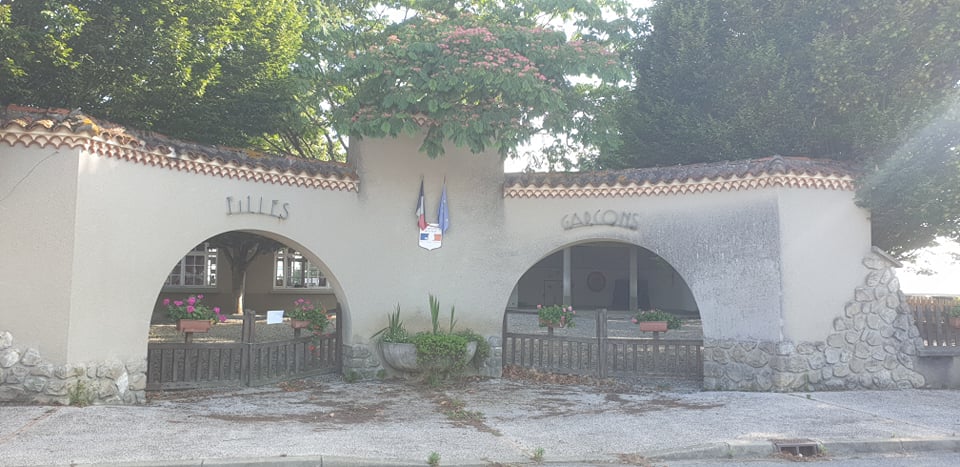
After being delayed by World War 2, the school was built at the end of the 1940s and welcomed its first pupil in autumn 1951.
At the time, the school accommodated 120 pupils, with 3 classes and 3 school teachers.
The school is still in operation with about 30 pupils.
The building is considered for classification by the French government agency Bâtiments de France.
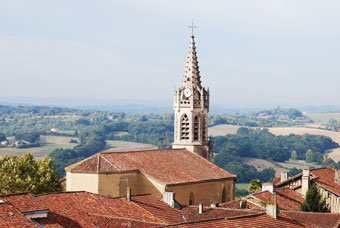
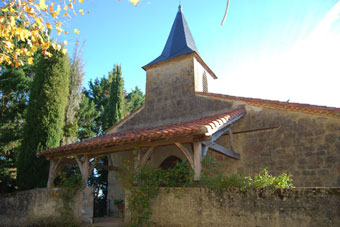
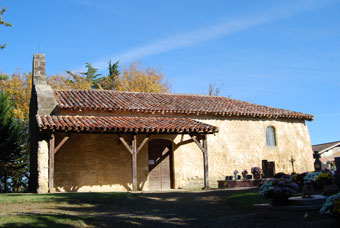
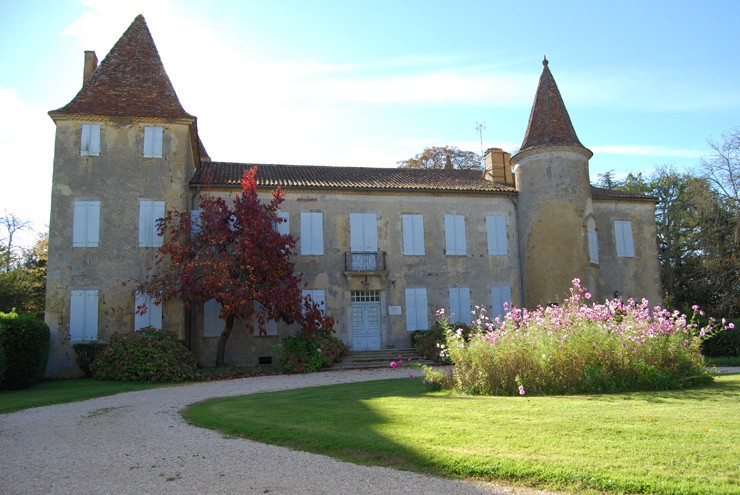
Charles de Batz Castelmore, known as D'Artagnan, was born and grew up in Castelmore in the 1610s.
The castle was remodelled and enlarged in the 15th and 19th centuries.
The castle retains from d'Artagnan's time its old kitchen with its monumental fireplace, the fireplace around which D'Artagnan warmed himself and sat as a child. You can see it in this television news story:
Castelmore is partially listed as a historical monument.
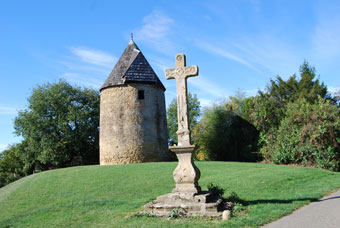
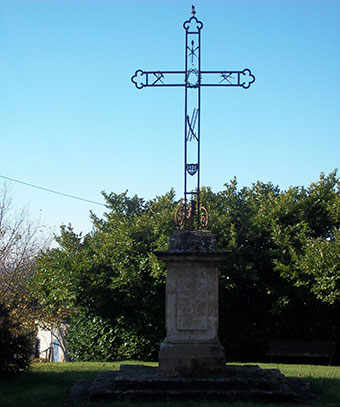
Retrace the history of Lupiac through our series of heritage interpretation panels.
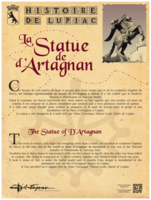
This work in bronze, 3.5m high and weighing more than a tonne, the creation of sculptress Daphné du Barry, is the only one in the world to show d’Artagnan on horseback. It was cast at the Mariani foundry at Pietrasanta in Tuscany, Italy.
Tradition has it that a horse is represented with two feet raised to signify that the rider has been killed in combat.
The statue is composed of 15 pieces welded together and finished with several top coats. It took a tonne of clay to make the initial model and 18 months from design to installation of the monument now on the D’Artagnan Square in Lupiac.
It was unveiled on 9 August 2015 by Mme Véronique Thieux Louit, Mayor of Lupiac.
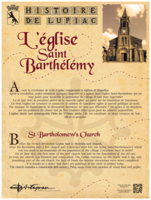
Before the French Revolution Lupiac had 14 churches and chapels.
After the Revolution only a few chapels and 3 churches were left, one being Saint Bartholomew’s which was too small to accommodate all the population of the village. Extensions were in order!
On 29 June 1847, the first stone of the new church was laid on the foundations of the old one. In 1849 the church was finished and consecrated. The Gothic entrance on the North wall is the only remaining part of the old church.
For lack of funds the interior decorations were never completed. It is thanks to a donor that there are paintings in the choir to admire today.
The church contains a remarkable 16th century Piéta, made from two varieties of wood, lime and poplar.
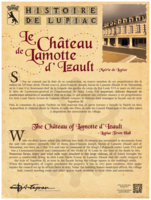
While we don’t know when this château was built, its owners are mentioned in documents from the mid-14th century onwards. One of them, Jean-François Joseph, Baron of la Mothe d'Izault and of Marambat, was born on 5 May 1741 and rose to command of the King’s Lifeguards under Louis XVI, and was a Lieutenant-General and Commander of the Order of St Louis by the time of his death in 1813.
Numerous farms, water and wind mills were attached to this large château, all of which brought the owners a comfortable living. In 1858 Louis Marie Ernest de Lamothe d'Izault had the castle restored in the style of Napoleon III, as seen in the façade facing the village square to the building’s south.
Some time later the heiress to the property died amongst the Carmelites of Turin. According to custom, ownership of the château, farms and mills was transferred to the Carmelites as a consequence.
When the municipality of Lupiac purchased the property, it was in very poor condition. After major repairs the council set up its offices there in 1945. Today the building houses municipal offices, the village hall, council meeting room and other spaces made available to local clubs and associations.
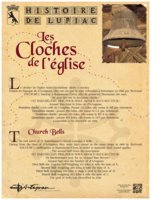
The bell tower of St Batholomew’s church contains 4 bells. Dating from the time of d’Artagnan, they were later recast in the same shape in 1899 by Bertrand ESCOUBET, bellfounder at Ramouzens (Gers) in order to maintain their sound quality.
The second bell bears the inscription:
ST BARTHÉLÉMY PRIE POUR NOUS ARNAUD BATZ RECTEUR
(St Bartholomew pray for us Arnaud Batz Rector)
Arnaud Batz was the uncle of d’Artagnan
First Bell: the Angelus bell
Weighing 154 kilos, it tolls the note of E.
Second Bell:
Weighing 290 kilos, it tolls the note of A.
Third Bell:
Weighing 435 kilos it rings a peal in the note of D.
Fourth Bell:
Weighing 875 kilos it tolls the note of C.
The peal of bells was electrified in 2016.
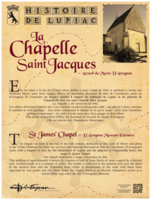
The chapel was built at the end of the 15th century, dedicated to Our Lady of Mercy and given to the White Penitents for their use, services and funerals. Bertrand de Batz de Castelmore, d’Artagnan’s uncle, built a hospice to care for the inhabitants of Lupiac and the pilgrims to Compostella hence the name St James’ Chapel.
The chapel underwent a major restoration in 1882.
This building of approximately 8 metres by 4 metres is built of large blocks of stone capped by a pitched roof. Architecturally it is a mixture of styles. The Gothic is reflected in the pointed arch over the lintel of the western door and the Transition from Gothic to Renaissance in the vault with three torus separated by two quirks and two filets.
Today the chapel, listed as a Historic Monument since 1935, serves as a tourist office and entry for the D’Artagnan Museum.
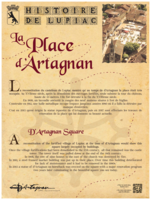
A reconstitution of the fortified village of Lupiac at the time of d’Artagnan would show this square largely occupied by buildings.
Once the village fortifications had been demolished in the 17th century, all that remained was the castle tower. The tower itself was pulled down at the end of the 18th century.
In 1909 the row of nine houses to the east of the church was destroyed by fire. In 1912 a steel framed market building was put up in their place. Over time this building deteriorated for lack of maintenance and it had to be removed in the 1980s.
In 2015 a statue of d’Artagnan on horseback was erected on the square with a major renovation program two years later culminating in the beautiful square you see today.
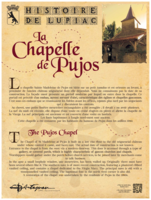
The Chapel of St Madeleine at Pujos is built on a low rise close to the old seigneurial château under whose control it came, and faces east. The actual date of construction is not known.
Entrance to the chapel is from the west via a modern doorway. This door is accessed through a type of gallery, or covered porch, which is highly characteristic of gascon churches and chapels.
Worshippers would gather under the porch before church services, to be joined later by merchants come to talk business.
In the apse a small loophole window, une meurtrière, has been walled up. Originally there must have been several others like it.
The southern nave is of more recent construction, featuring a plastered ribbed vaulted ceiling, and contains a chapel dedicated to the Virgin Mary. The principal nave is old with a woodpanelled vaulted ceiling. The baptismal font in the north west corner is also old.
A restoration of the chapel was undertaken by the residents of Pujos in the 1980s.
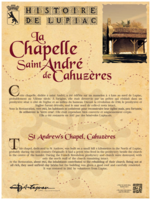
This chapel, dedicated to St Andrew, was built on a small hill 4 kilometres to the North of Lupiac, probably during the 12th century.
Originally it had a priest who lived in the presbytery beside the church in the centre of the hamlet.
During the French Revolution presbytery and church were destroyed, with only the north wall of the church remaining intact.
At the Restoration, about 1815, the inhabitants contributed to the rebuilding of their church. Being not at all rich, they used unfired clay bricks but the building was given a good roof and carefully rendered.
It was restored in 2017 by volunteers from Lupiac.
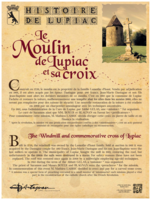
Built in 1726, the windmill was owned by the Lamothe d’Isaut family. Sold at auction in 1891 it was acquired by the Dartugue couple for 480 francs. Jean-Marie Dartugue and his son Jean-Baptiste were the last millers to operate it. The municipality of Lupiac bought the mill in 1910, restoring the roof, but unfortunately in the 1980s the sails were destroyed in a storm. For safety reasons these have not been replaced. The roof was restored once again in 2006 by a millwright employing age-old techniques.
In 1812 during the term of the Abbott GELAS, a ‘mission’* was organised.
The priest of Saramon and Messrs BOYER and BLAGNAN were the ‘preachers’(*) for the mission.
In commemoration of this event M. Mathieu LABRIC decided to erect and pay for a carved stone cross.
(*) A mission was a special form of preaching entrusted to a small number of ‘missionaries’ : such missions played a vital part in the reconstruction of the catholic church after the French Revolution.
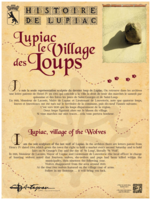
I am the sole sculpture of the last wolf of Lupiac. In the archives there are letters patent from Henry IV dated 1584 which grant the town the right to hold a market every second Saturday and to hold fairs on St George’s Day and the day of ‘St Loup’, literally ‘St Wolf’.
In 1819 Monsieur de Lacoste, Mayor of Lupiac and Lieutenant de Louveterie (the local officer in charge of hunting wolves) noted that fourteen wolves, she-wolves and pups had been killed within the municipality, then nineteen the following year.
Wolves disappeared from the area around 1850.
At the time two wolves featured on the village coat of arms.
Follow in my footsteps … it will bring you luck.